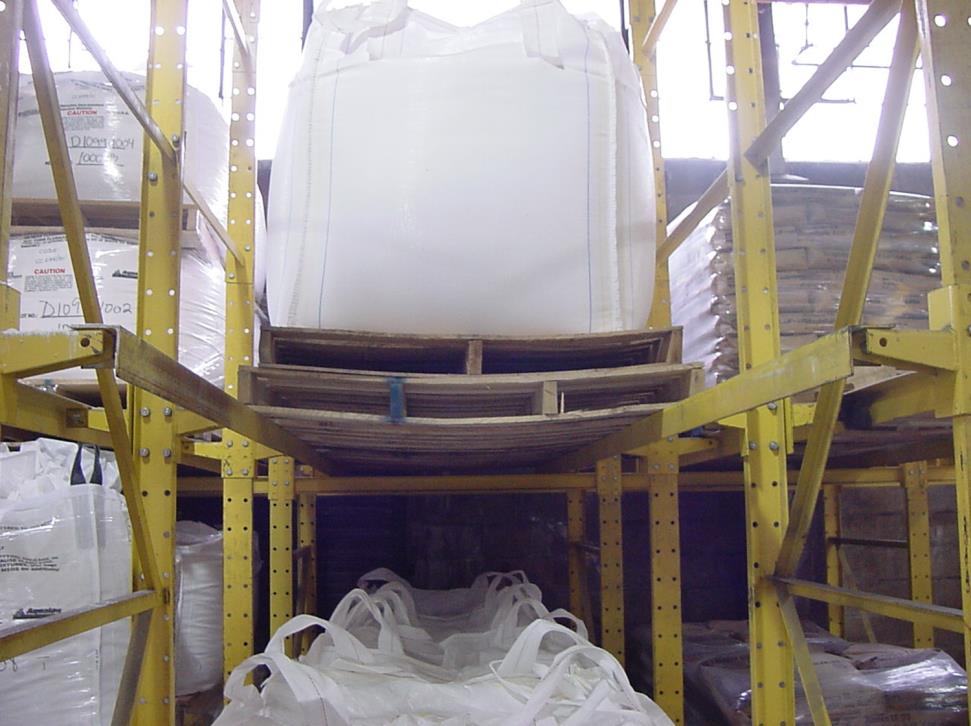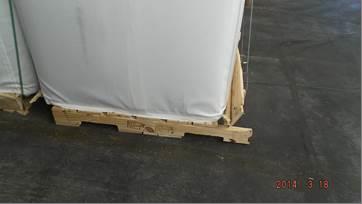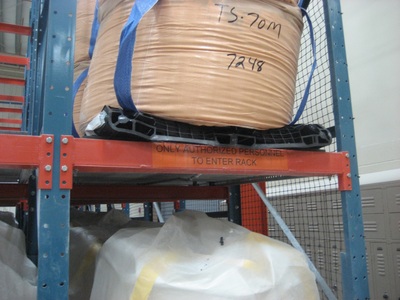|
How do you know if a pallet design is going to be successful? You test it of course! The goal of a pallet test is to compare different pallet designs, materials and their performance. There are numerous laboratory tests for evaluating all aspects of the pallet. However, the most important pallet tests fall within three parameters for pallet design:
We want to hear from you. Have you ever tested a pallet design for strength, durability, or functionality? How did your design do within those tests? Are there any other pallet tests that you consider the most important? Let us know by commenting below.
Post by: Kent Longardner, Technical Sales Manager
8 Comments
9/8/2014 04:36:45 am
these look really dangerous. Probably pallet support bars would help.
Reply
Johnson
10/8/2014 04:46:51 pm
May I know what's the disadvantage for the langloop pallet?
Reply
Johnson
10/19/2014 05:44:11 pm
I mean "Open boarded"
Reply
Peter
11/12/2014 03:27:31 pm
i need your advice, firstly, for plastic pallet put on drive-in racking system, open bottom pallet is the most appropriate pallet? or close bottom pallet will do?
Reply
The pallet design will depend on the load requirements, handling equipment and environment. This factors will determine the best pallet to use. Both drive in racking systems and cold/frozen environments are harsh requirements. Stronger, stiffer pallets are generally needed for most drive in racking systems. Cold/Frozen environments can make pallets more susceptible to damage. Read about plastic pallets in the cold environments in this blog ... http://blog.nelsoncompany.com/blog-home/are-the-cold-temperatures-harming-your-plastic-pallets
Reply
Leave a Reply. |
Call Us: (410) 477-3000
Headquartered in Baltimore since 1918 Nelson Company is a trusted source for pallets & packaging materials.
NelsonCompany.com Is your packaging system costing more than it should? Find out how you can start saving with an analysis from Nelson Technical Center.
Our own web-based software for reverse distribution. Nelson-ART™ manages the entire life-cycle of your packaging assets.
|
Tech CenterThe Nelson Technical Center finds savings. Solutions for the design, supply and recovery of transport packaging.
(443) 649-1049 |
Wood SalesCustom wooden pallets and crates are our specialty. Ask us about wood manufacturing, repair and recycling.
(410) 477-3000 |
|







 RSS Feed
RSS Feed
